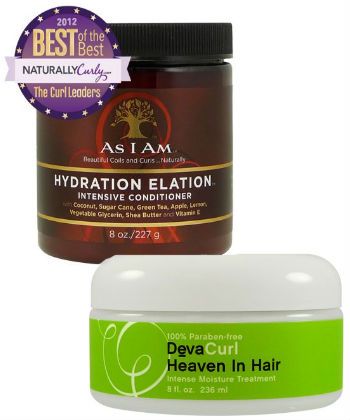 High pH
High pH
A higher pH results in cuticles that are more open. Hair is most vulnerable in this state but it’s also a great opportunity for the conditioner to really penetrate into the cortex of the hair rather than if the cuticles are closed. Cuticles are typically opened when hair is relaxed or chemically processed in some way. For natural hair, the cuticles are typically not really open unless the hair is very porous or damaged in some way. Using baking soda and castile soap (which are high pH ranges”> for cleaning can result in the cuticles opening. I don’t have any experience with either one of these cleansing agents to recommend how to properly use them and as a result, time and the use of heat with the conditioner will be discussed in order to maximize conditioning results.
How long should you leave it in
The longer the contact between the conditioner and the hair, the more the conditioning agents can bind to the hair, and active ingredients can penetrate into the cortex. Every ingredient in a conditioner has its own ability to adsorb (adhere”> to the surface of the hair and/or penetrate into the hair. Many factors depend on the use of high or low molecular weight proteins, the use of oils with long or short fatty acid chains etc. The key ingredients that can stick to hair like the surfactants, hydrolyzed proteins and polyquats will do so within a few seconds of applying the conditioner. If left on hair for longer the more they will be absorbed. In general the conditioning effect is present for up to 25-30 minutes. After this time absorption of active ingredients has reach its maximum and there is no real added benefit to leaving a conditioner on the hair after 30 minutes.
The Use of Heat
As the hair increases in temperature the possibility of the conditioners penetrating the cortex also increases. What temperature are we talking about? The hair should be at about 60 degrees Celcius (about 140 degrees Fahrenheit”> which can be achieved at the medium setting of an electric heat cap.
In Part 2 of this series we’ll take a look at the ingredients you need to look for in an great deep conditioner and the steps you should take to get the most out of your deep conditioning.
